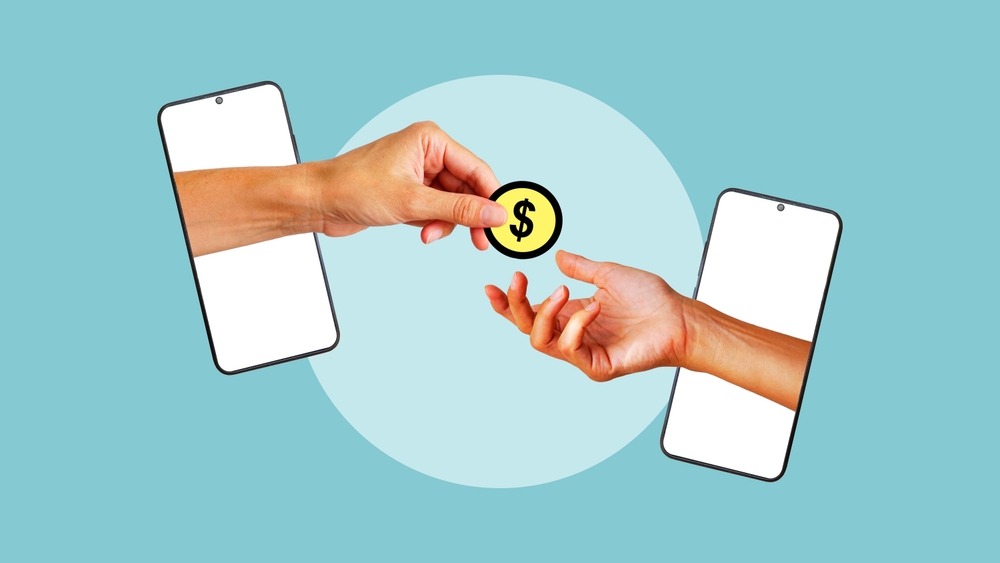Digital Payment Apps That Allow Bill Installments and Flexible Scheduling
Modern payment applications are revolutionizing how consumers manage their monthly expenses by offering flexible installment options and automated scheduling features. These digital tools help users break down large bills into manageable payments, set up automatic transfers, and maintain better control over their cash flow throughout the month.

The landscape of personal finance management has transformed dramatically with the emergence of sophisticated payment applications designed to make bill management more flexible and user-friendly. These digital solutions address common financial challenges by allowing users to split payments, schedule transactions, and maintain better oversight of their monthly obligations.
Managing Expenses Smarter Through Installment Payment Features
Many payment applications now offer built-in installment capabilities that allow users to divide larger bills into smaller, more manageable amounts. These features typically work by connecting to your bank account or credit card and automatically processing predetermined payment amounts on scheduled dates. Users can set up weekly or bi-weekly payments instead of facing one large monthly charge, which helps distribute financial pressure more evenly across pay periods.
The technology behind these systems uses automated clearing house (ACH) transfers and secure payment processing to ensure transactions are completed reliably. Most applications also provide spending analytics and budget tracking tools that help users understand their payment patterns and adjust their installment schedules accordingly.
How Flexible Payment Apps Are Transforming Monthly Bill Management
Flexible payment applications have introduced several innovative approaches to bill management that go beyond traditional banking services. These platforms often include features like bill negotiation services, where the app contacts service providers to potentially reduce costs, and smart scheduling algorithms that optimize payment timing based on your income patterns and account balances.
Many of these applications also offer bill consolidation services, allowing users to view and manage multiple accounts from a single dashboard. This centralized approach reduces the likelihood of missed payments and provides a comprehensive view of upcoming financial obligations. Some advanced platforms even use machine learning to predict optimal payment strategies based on your spending habits and financial goals.
Digital Tools for Splitting and Scheduling Bill Payments
The most sophisticated payment applications provide comprehensive splitting and scheduling capabilities that can accommodate various financial situations. These tools allow users to create custom payment schedules for different types of bills, set up automatic transfers between accounts, and even coordinate shared expenses with family members or roommates.
Advanced scheduling features include the ability to align payment dates with payroll schedules, set up buffer periods to ensure sufficient account balances, and create emergency payment protocols for unexpected expenses. Many applications also provide notification systems that alert users to upcoming payments, account balance changes, and potential scheduling conflicts.
| App Category | Provider Examples | Key Features | Cost Estimation |
|---|---|---|---|
| Bill Management | Mint, Prism, Truebill | Bill tracking, reminders, negotiation | Free to $12/month |
| Installment Payments | Klarna, Afterpay, Sezzle | Split purchases, flexible terms | Free to 30% APR |
| Banking Apps | Chase, Bank of America | Bill pay, scheduling, transfers | Free with account |
| Budget Platforms | YNAB, PocketGuard | Expense planning, payment optimization | $5-15/month |
Prices, rates, or cost estimates mentioned in this article are based on the latest available information but may change over time. Independent research is advised before making financial decisions.
When selecting a payment application, consider factors such as security protocols, integration capabilities with your existing financial accounts, user interface design, and customer support availability. Most reputable applications use bank-level encryption and are regulated by financial authorities to ensure user protection and data security.
The effectiveness of these digital tools largely depends on consistent usage and proper setup. Users who take advantage of automated features and regularly review their payment schedules tend to see the most significant improvements in their financial management. Additionally, many applications offer educational resources and financial literacy tools that can help users develop better long-term money management habits.
As the fintech industry continues to evolve, these payment applications are likely to become even more sophisticated, incorporating artificial intelligence for predictive budgeting and expanding integration with various service providers to offer more comprehensive financial management solutions.




